Statistics on Search Engine usage and adoption to inform your search engine marketing strategies and tactics
Statistics help us turn data into information, allowing us to make informed and rational decisions and that's exactly the purpose of this article. Hopefully, it will help you make better-informed decisions about the running of your search
What is a Search Engine?
First of all, I thought it would make sense to define what a search engine is, as the EU managed to mess this up quick monumentally. The best definition I found was from Webopedia - who state...
"Search engines are programs that search documents for specified keywords and returns a list of the documents where the keywords were found. A search engine is really a general class of programs, however, the term is often used to specifically describe systems like Google, Bing and Yahoo! Search that enables users to search for documents on the World Wide Web."
Who has the biggest search engine market share worldwide?
According to Net Market Share (as of March 2016) the share percentage, in terms of the use of Search Engines heavily favours Google, with over a 67.78%. This again reinforces that fact that Google are the market leaders, however highlights that the "Others" such as Yahoo, Bing and Baidu etc still hold a large audience and it would be silly to simply ignore them.
How many searches are made each day?
The number of people using internet search engines is increasing year on year and is almost unfathomable. At...
6,586,013,574 searches a day worldwide
Which in "word-terms" equates to - six billion, five hundred eighty-six million,
thirteen thousand, five hundred and seventy-four.
To put it into perspective there are on average around 500million tweets per day, so 500million X 13.
Breaking this down using the above Market Share chart and the data from internet live stats, below you'll find the number of daily searches per Search Engine.
Search Engine |
Searches per day |
| 4,464,000,000 | |
| Bing | 873,964,000 |
| Baidu | 583,520,803 |
| Yahoo | 536,101,505 |
| Other (AOL, Ask etc) | 128,427,264 |
How many searches are made on Desktop vs Mobile vs Tablet?
It wasn't too long ago that Google announced that we had passed the tipping point whereby the number of Mobile searches had taken over that of Desktop stating...
“more Google searches take place on mobile devices than on computers in 10 countries including the US and Japan.”
The graph below highlights the rate at which Mobile has surpassed Desktop search, specifically in this instance in the form of Local Search i.e. users searching for local businesses.
If you want to do a little further reading into this Natalie Nahai has does a really detailed analysis.
Percentage clicking on Paid vs Organic results?
The Similar Web Search Report offers some great insights into the state of Paid vs Organic. Paid search equates for just over 5% of all traffic, with organic hovering around the 95% mark. Unfortunately this dataset doesn't include mobile, where I suspect there would be a shift towards paid, due to the above the fold nature of mobile.
Percentage click through rate (CTR) of branded vs non-branded keywords?
This is a question we get asked a lot and is something which does vary case to case. However, the team over at Adlift recently created the below infographic, which does a good job of giving you a benchmark/indicator of how branded vs non-branded keywords perform.
How click through rate (CTR) declines based on position
Looking first at Adwords, the CTR varies greatly between positions, we actually covered this a little while ago, in a post by Farhad Divecha. Please note that since this data was used, there have been updates to the SERPs, and Ad's have now been removed from the right hand side, if you want to read more about this and the effects it has had, read this post.
The graph above highlights the importance of being in position 1. With a 7.11% ctr this is vastly better than the 3.01% in position 2 and 2.19% in position 3. This is not to say dont try and occupy positions 2,3,4 etc as the cost of being in P1 might outweigh the ROI of lower positions.
The CTR tends to be higher on organic results and higher the further up the page you are, please note that we're taling about pg. 1 of SERP. If you find your site on pg. 2 of the SERP, you're looking at figures closer to the 1 in every 1000 and this is entirely dependant on whether the keyword has over 10,000 monthly searches.
Click through rates (CTR) for PPC per Industries
Wordstream have produced a set of infographics based averages across AdWords metrics such as Average CTR, Cost-per-click (CPC), average conversion rate (CVR) and cost per action (CPA) across twenty industries.
It shows the dating world is head and shoulders above the rest (3.4%), with other high-fliers including Finance (2.65%), B2B (2.55%), Consumer Services (2.40%), and Technology (2.38%).
Some of the industries flagging a little include the likes of Legal Services (1.35% CTR), eCommerce (1.66%) and industrial services (1.40%). It's interesting to see eCommerce so low down on the CTR, however this could be to do with the amount competition and sheer number of eCommerce stores set-up poorly.
The ADI discovered that the Click Through Rate (CTR) on search have increased YoY, with the top 20% pulling away from other industries, except in the financial services where they are making ground on the industries above. If you're in finance, it's time to get on board with PPC, there appears to be a big push with paid ads.
The next infographic produced by Wordstream gives the average conversion rate.
Interestingly, it's the finance and insurance industry which convert the best, with a whopping 7.19% CVR, making sense of the sudden surge of interest in PPC in the Financial industry.
If there are any more statistics you’d like to find out, let us know in the comments below and we'll let you know the answers - we know all the best sources.
from Smart Insights http://ift.tt/1ZWkS8y
via IFTTT


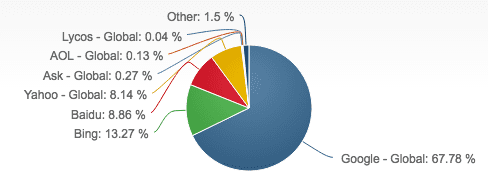
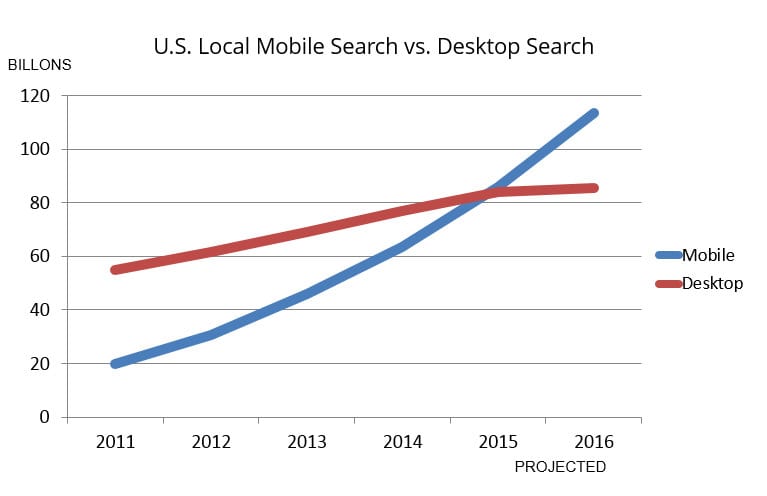
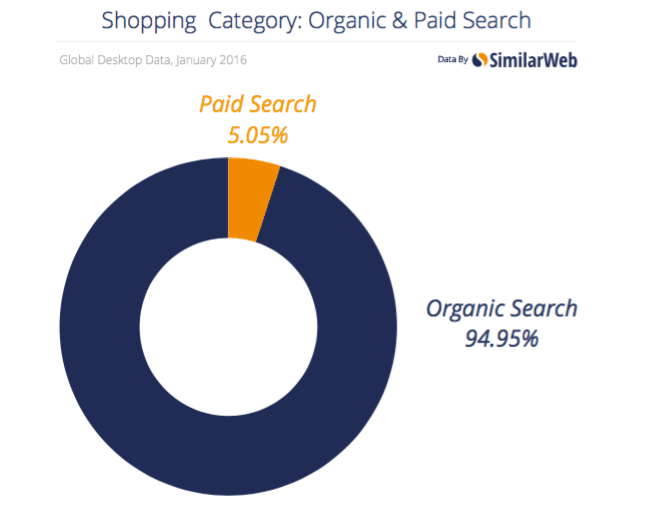

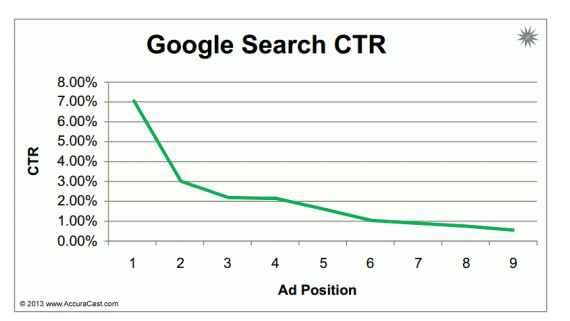
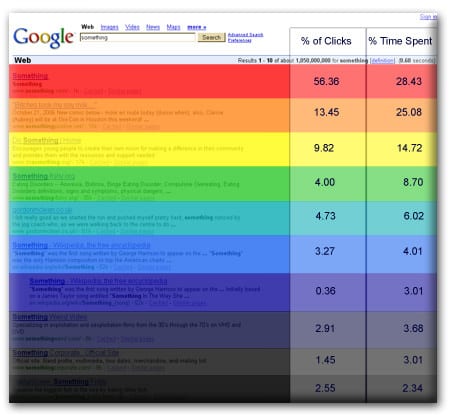
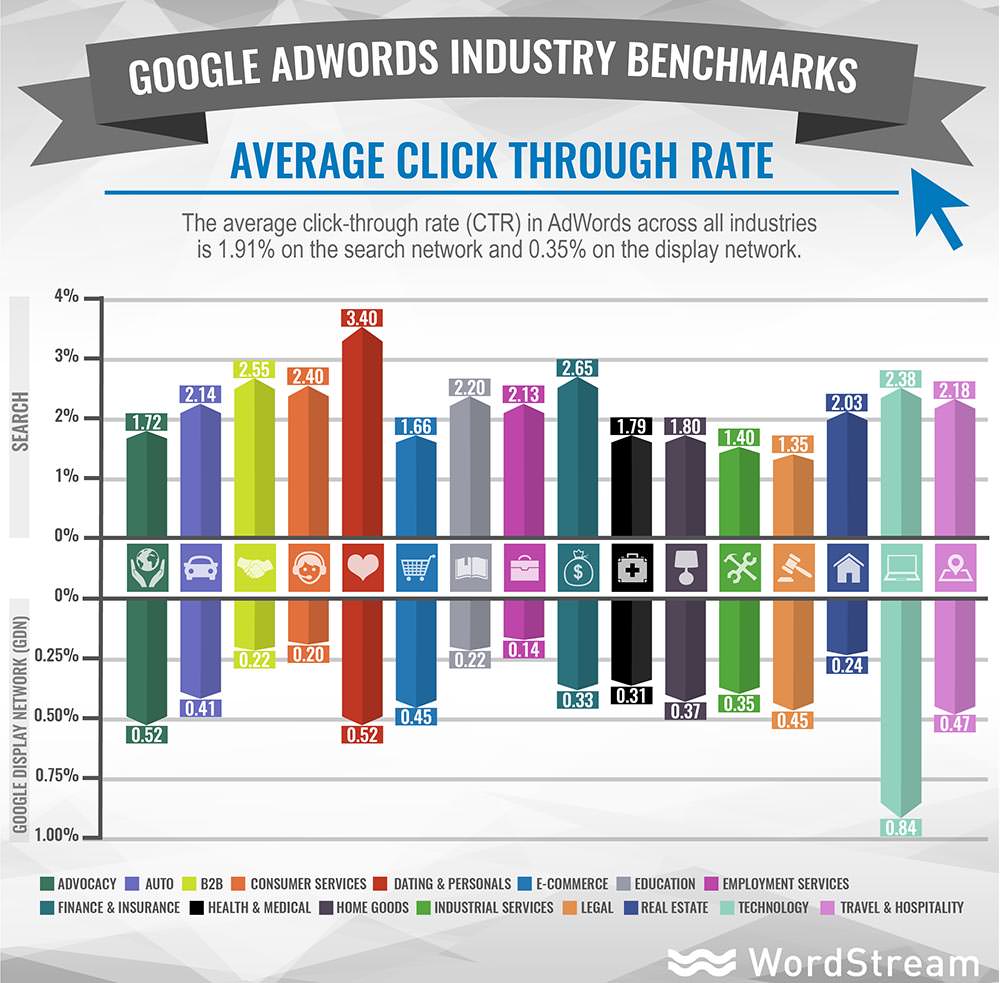
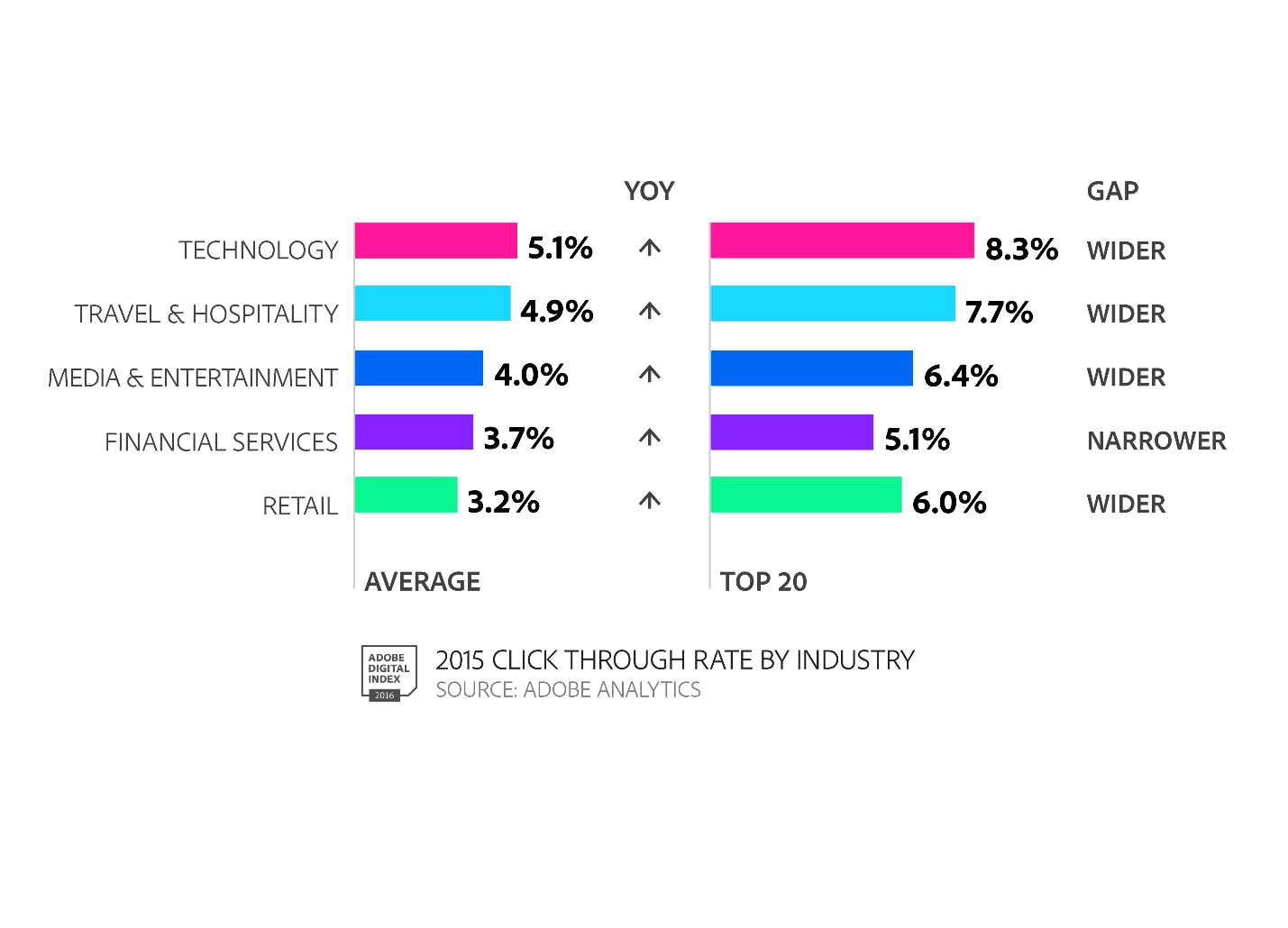
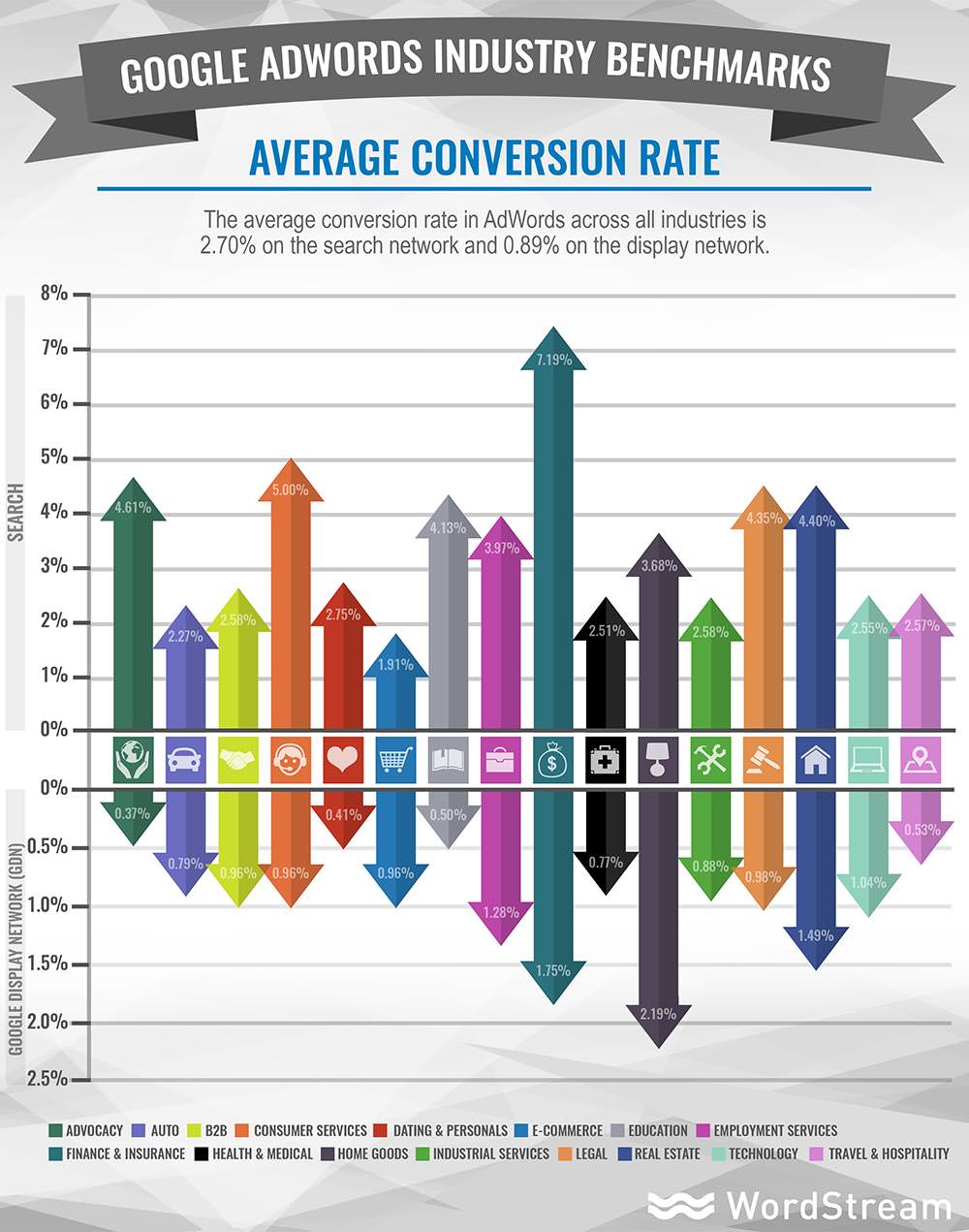
0 comments:
Post a Comment